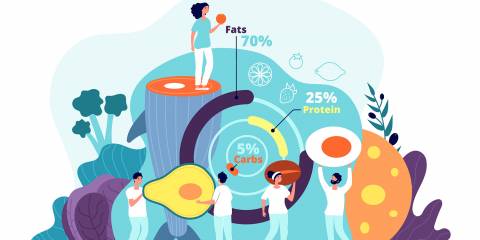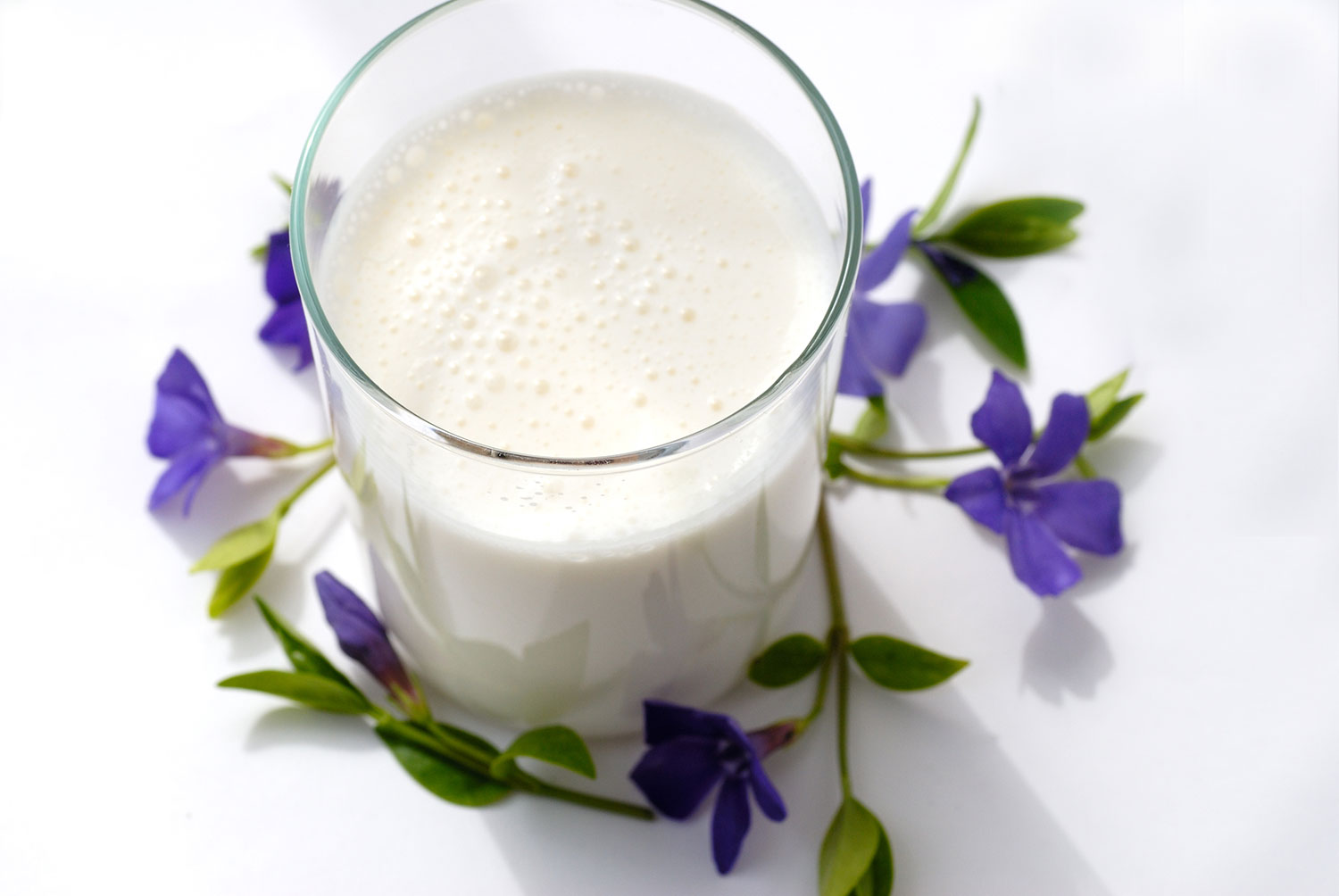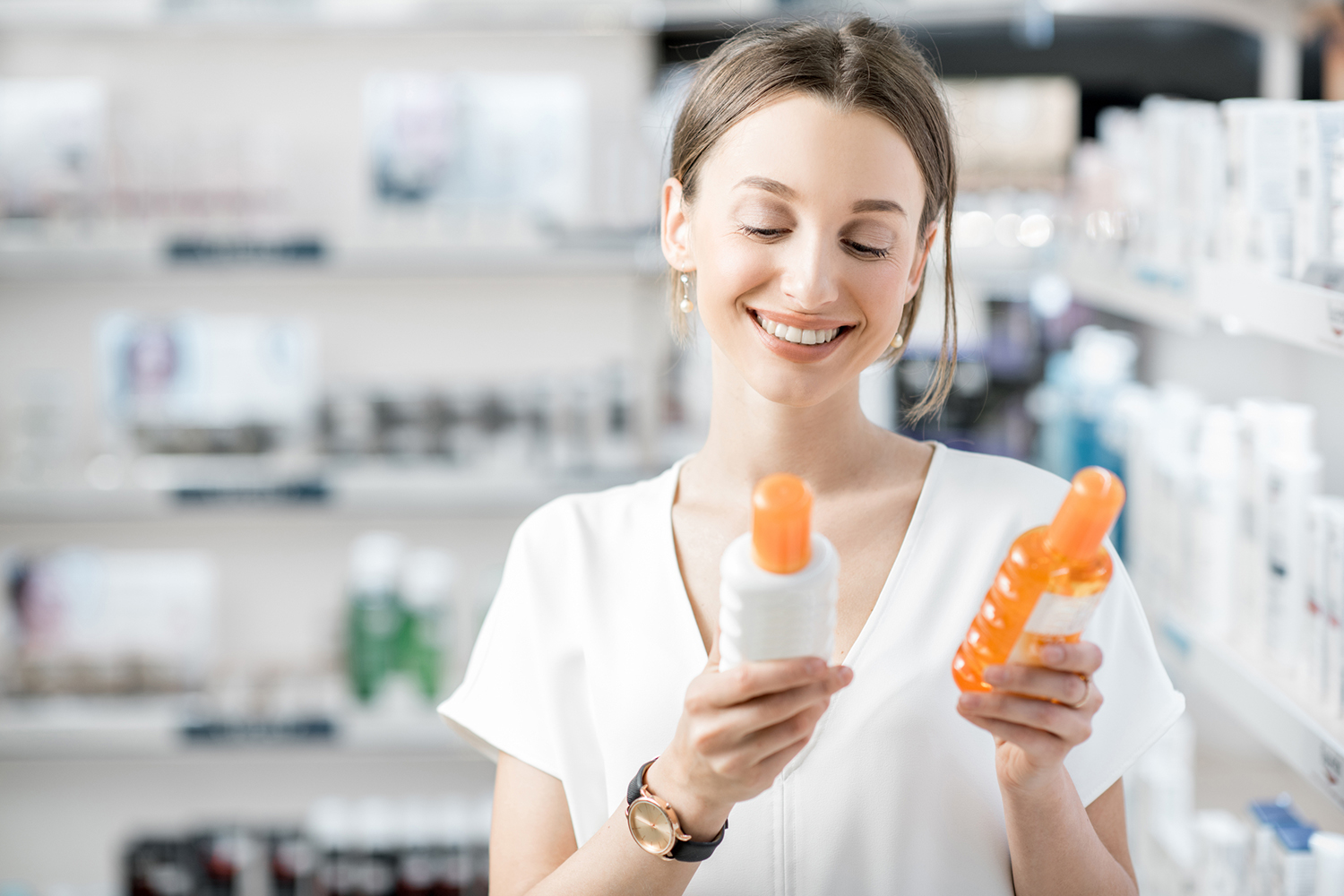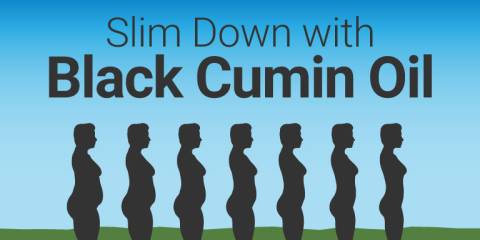Dark and in moderation, chocolate is good for you.
For years it was your favorite food. Then everyone said that chocolate was bad for you. For decades, it occupied the “least recommended” tip at the top of the food pyramid. After avoiding it for years—or feeling guilty whenever you indulged—chocolate’s reputation has taken a 180-degree turn. Suddenly it’s America’s hot new health food.
Research Backs Chocolate's Benefits
Researchers tell us that dark chocolate may protect the heart, reduce blood pressure, improve circulation, lower cholesterol, balance blood sugar, and help treat diabetes. In addition to all these benefits, research shows that chocolate doesn’t cause most of the problems for which it’s been blamed, such as skin breakouts, tooth cavities, and hyperactivity. It’s the other ingredients in chocolate—such as sugar and fat—that can cause these problems.
Chocolate is rich in minerals, antioxidants, flavonoids, and other components that improve our teeth, mental focus, alertness, and mood.
Cocoa beans can treat diarrhea. Cocoa powder and extracts may even help prevent cancer.
Too good to be true, right? There has to be a catch. There is: None of these benefits applies to the sugar, corn syrup, or hydrogenated fats that usually accompany chocolate. Nor do the benefits apply to milk chocolate.
For health, choose dark chocolate—the darker, the better. And more is not necessarily better. Most experts recommend only small daily doses.
The Basics
Chocolate comes from the cacao bean, a seed in the fruit of a tree grown and revered by the ancient Mayans and Aztecs. After cacao beans are dried, fermented, and roasted, the nibs (pieces of peeled beans) are ground to produce a dark, pasty chocolate “liquor,” the basic ingredient for all processed chocolate products.
Chocolate liquor is approximately 55 percent cocoa butter, a mostly saturated fat that, because of its high stearic acid content, does not raise serum cholesterol levels.
The “purest” processed chocolate is unsweetened chocolate, which consists of chocolate liquor that has been cooled and formed into bars.
Cocoa powder is made by feeding chocolate liquor through a press to remove most of its cocoa butter. Bittersweet and semisweet chocolates (the terms are used interchangeably) must contain at least 35 percent chocolate liquor, though most brands contain close to 50 percent, and a growing number of “high-percentage” chocolates contain 70 percent or more.
The higher the chocolate percentage, the lower the sugar content. Sweet dark chocolate contains at least 15 percent chocolate liquor, and its sugar content is often more than 60 percent.
Milk chocolate, the traditional “candy bar” chocolate, contains at least 10 percent chocolate liquor and 12 percent milk solids. White chocolate contains no cocoa solids, so it is technically not considered chocolate. Government standards for “white chocolate” require the product to contain at least 20 percent cocoa butter.
The Dark Side
Why is dark chocolate so good for you?
Flavonoids are powerful antioxidants that protect the cardiovascular system, and dark chocolate has almost five times the flavonoid content of apples.
When researchers in Greece tested the effects of dark chocolate on three determinants of cardiovascular performance, they concluded, “Chocolate consumption may exert a protective effect on the cardiovascular system.”
Now that dark chocolate is getting such good press, several high-percentage products are being developed. In natural food stores, the buzz is organic. The latest chocolate trend is raw, unprocessed chocolate, such as the raw organic cacao beans or nibs and raw cocoa powder sold in natural food stores.
For maximum health benefits and an intense chocolate experience, David Wolfe, author of Naked Chocolate: The Astonishing Truth about the World’s Greatest Food, recommends eating raw cacao straight, one bean or nib at a time, blending beans or nibs in smoothies adding them to herbal teas crushing them before adding to frozen yogurt or ice cream blending them with a natural sweetener and nuts for a homemade “true chocolate” confection.
Unlike commercially processed cacao beans, which Wolfe warns contain fewer nutrients and are more likely to result in allergic reactions or intense cravings, raw organic cacao beans are his favorite food.
Even if they don’t become yours, you can make informed decisions about chocolate by focusing on low-sugar, dairy-free organic products containing more than 70 percent cacao for an occasional guilt-free indulgence.
Buyer Beware
Many designer chocolates, as well as “good for you” chocolate bars from mainstream candy makers, contain milk, sugar, and/or hydrogenated oils, all of which can dilute chocolate’s healthful ingredients. This, of course, reduces chocolate’s benefits, while adding calories and dubious refined carbohydrates.
Even without these additions, chocolate isn’t for everyone. It contains caffeine and theobromine, both of which are stimulants. Chocolate is famous as a migraine headache trigger, and it can aggravate rapid eye movement sleep behavior disorder, or RBD, a rare condition in which people unknowingly act out violent nightmares.
Worst of all for pet owners, chocolate is fatal to man’s best friends. Dogs, cats, and other animals have a toxic reaction to chocolate’s theobromine and caffeine. For them, dark chocolate (the best kind for humans) is the most dangerous. Keep this treat away from animals, and call the vet immediately if your pet swallows chocolate.
















